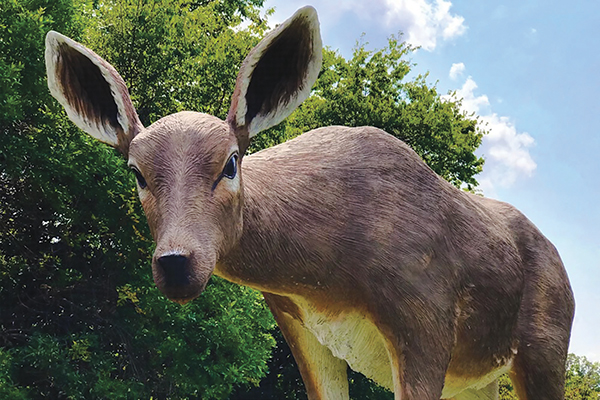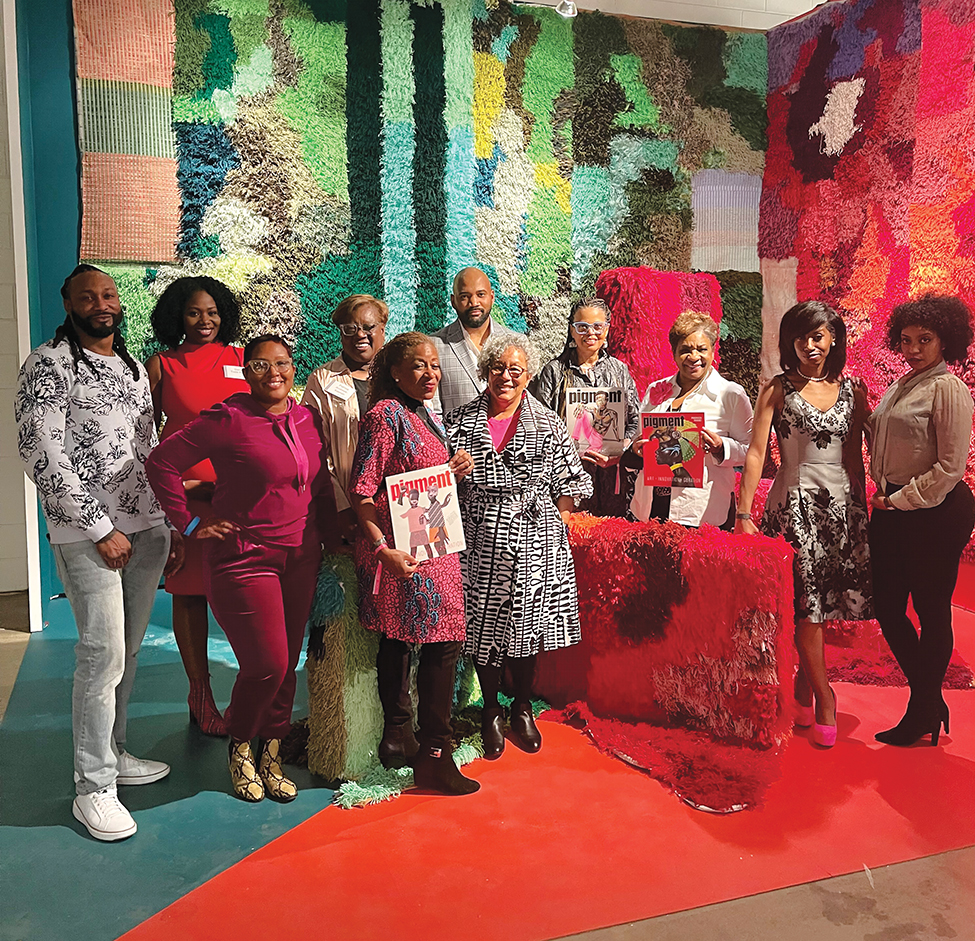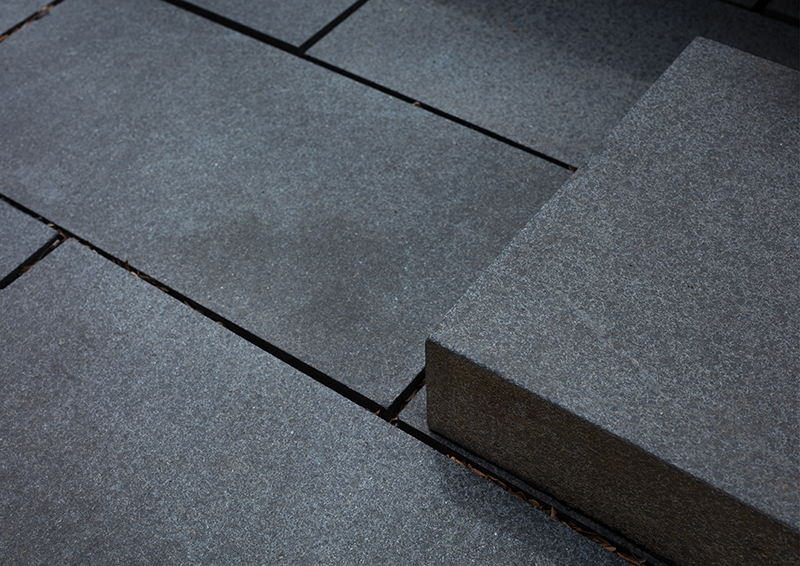The Cairn Project: Chicago Communities Share Stories of Trauma and of Hope

By KARA JEFTS
Following the Presidential election results of the previous week, the country is experiencing a notable cultural divide. Many will look to history to try to understand this moment, and many will turn to their community for reassurance and support. Art making as a way of understanding one’s self, and as a way to relate to others, will also prove important during this fracture of our nation’s bedrock. The Cairn Project, conceived by artist Corinne D. Peterson, provides an exemplary model of art’s power to create a unified sense of community, and it will be installed at Citlalin Gallery in Pilsen from November 19-December 31, with an opening reception on November 18 from 7-10 pm.
“We live in a culture that discourages us from looking at pain” notes Peterson, reflecting on the reasons she has spent over two years working on the Cairn Project, a series of workshops that have engaged over 550 participants in the greater Chicago area, including: immigrants; LGBTQ youth; cancer survivors; survivors of sexual abuse; families of gun violence victims; the homeless; Iraqi, Burundi, and Burmese refugees; veterans; nurses; the bereaved; the blind; among many other men, women, and children from diverse communities across the city.
Peterson believes that rocks, like people, are shaped through traumas: tumbled by the sea, split by tectonic shifts, born through the violent molten explosion of volcanoes, or slowly dissolved by the weathering of acid rain. She leads each community group participating in the Cairn Project to consider form and feeling, and upon entering the room each person is asked to select a rock from a small but thoughtful collection, which she has provided. As the workshop begins, the participants introduce themselves by describing why they selected their rock.

The introductions become a way for participants to bond and reflect on their personal experience, choosing to respond by directly addressing their own trauma or by speaking in metaphor to express their feelings. As the archivist for the project, I have been working with participants who volunteered to share their reflections on audio or video recordings in order to build an oral history surrounding the project. Carol, a woman from The Mather, a senior living community, reflected on her selection: “I like this stone because it has within a very small space a geography of rough spots and smooth spots…it has both difficulty and the working through of difficulty right here in your hand.”

Following introductions, the workshop leader guides a meditation to calm emotions and re-center the group. Participants are then asked to work in silence while shaping two forms: a rock from stoneware clay that embodies their inner experience of pain and loss, and a small white porcelain token that represents their inner light and hope. The tactile experience of working with clay becomes a way to communicate emotion and experience. As one teen reflected:
Obviously my rock is in the shape of a heart. I used three different hearts to make it. The first one was perfect. It represents how I was very loving when I was little, and I didn’t know hurt. The second was ruined and had lots of damage. It represents me giving up. I was less naïve and recognized hurt and pain, and at some point in my life that was all I felt. Then I used a mix of both of them, a bit damaged, but also loving. I mashed them all together and it’s a big heart now, still learning so it’s still a bit naïve, it’s been through pain so it’s damaged, but it’s still big and loving.
After firing the clay, Peterson uses the stoneware and porcelain forms that embody individual experience to build an installation that celebrates the collective community, titled Cairn & Cloud. A cairn is a man-made heap of stones constructed as a monument or landmark. The Cairn & Cloud takes inspiration from examples of this type of stone memorial, which are found across the world and can be dated back to prehistoric times. For the installation, trauma stones are arranged in a circular mound on the floor, and the porcelain tokens of hope (painted with gold lacquer to recall Japanese kintsukuroi pottery to relate the objects to the metaphor that that which has been broken is more beautiful) are suspended above the mound.
The memorial cairn continues to grow with each workshop, and the installation is currently around six feet in diameter. In addition to the upcoming exhibition at Citlalin Gallery, Cairn & Cloud has been installed at the Oak Park Art League, Lillstreet Gallery Annex, National Veterans Art Museum, Zhou B Art Center, Art on Armitage, and Wicker Park Lutheran Church. Following the exhibition in Pilsen, Peterson is looking to find a permanent location where Cairn & Cloud could be installed as a public memorial for the Chicago community to visit and reflect upon.

As part of the Cairn Project, Peterson is also working on establishing a platform for the growing archive of works and reflections. Peterson maintained a record of each participant’s piece by photographing the un-fired clay at workshops, and I have been working with her to photograph each individual rock and token, and to pair images with collected audio, video, and written reflections volunteered by participants. The archive will give prominence to each ceramic piece as a valuable object worthy of individual appreciation; just as each person and their life experience is worthy of attention and respect.
The website hosting the archive, scheduled to be launched on November 18 in conjunction with the exhibition opening, will act as an illustrated history of the lives of hundreds of Chicagoans. As the website expands it will include not only the record of each ceramic piece created, but it will also aspire to create a platform for understanding, inspiring online audiences beyond Chicago. The archive will exist as a forum for those who don’t pen our history per-se, but instead, are the reason for its writing.
Top image: Detail of Cairn & Cloud installation






